The Kia Car Revolution: A Comprehensive Overview of Kia’s Evolution
Introduction
In the ever-evolving automotive landscape, Kia has emerged as a dynamic force, challenging preconceived notions of what a mainstream Kia car brand can offer. From its humble beginnings to its current status as a global automotive player, Kia has transformed its image from a producer of basic vehicles to a manufacturer known for innovation, quality, and design Kia Car. This article explores Kia’s journey, highlights its key models, and examines the brand’s influence on the automotive industry.
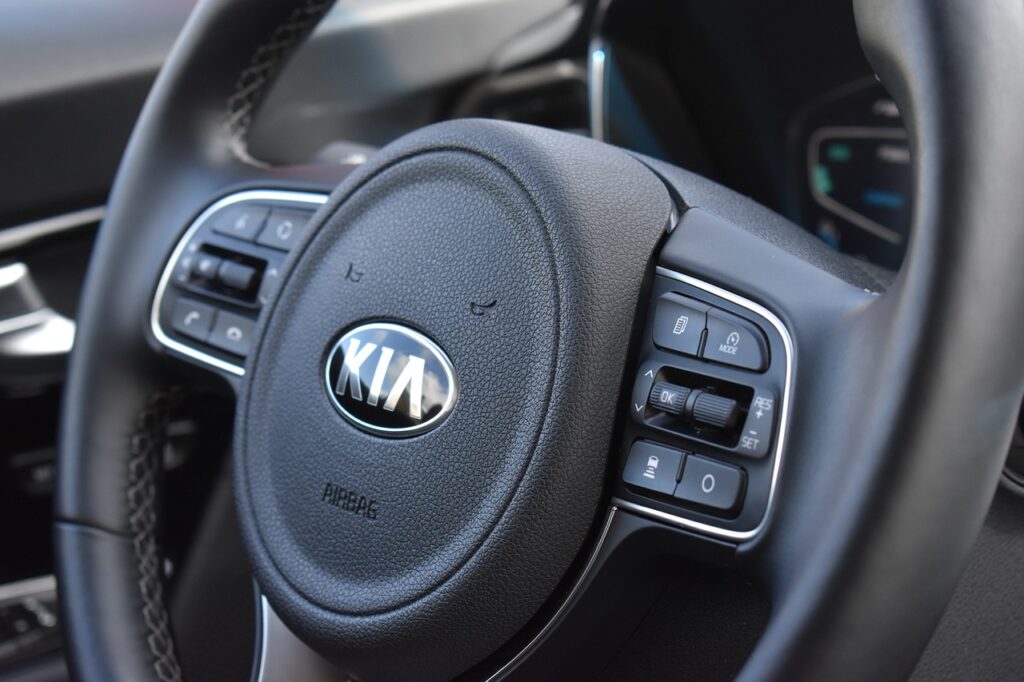
Kia’s Evolution: From Humble Beginnings to Global Player
The Early Years
Founded in 1944 in South Korea, Kia originally began as a manufacturer of bicycle parts. It wasn’t until 1974 that the company produced its Kia Car first vehicle, the Kia Brisa, a small car that marked the brand’s entry into the automotive market. Over the next few decades, Kia focused on producing affordable, reliable vehicles primarily for the South Korean market. It wasn’t until the 1990s that Kia began to expand its reach globally, setting the stage for its future success.
The Turnaround
The late 1990s and early 2000s were pivotal for Kia car. The Asian financial crisis of 1997 forced the company to rethink its strategy. Under the guidance of then-CEO Chung Mong-koo, Kia embarked on a transformation journey that focused on quality improvement, design innovation, and global expansion. This turnaround was marked by significant investments in research and development, resulting in a lineup of vehicles that combined affordability with enhanced features and quality.
Key Models and Innovations
The Kia Sportage: A Trailblazer in the SUV Segment
Introduced in 1993, the Kia Car Sportage is one of the brand’s most enduring models and a significant contributor to its global success. Initially a compact SUV, the Sportage has evolved over the years to meet changing consumer preferences and market demands.
- First Generation (1993-2004): The inaugural Sportage was a compact SUV with a simple design and basic features. It set the foundation for future iterations but was not particularly notable in terms of innovation.
- Second Generation (2004-2010): This generation marked a significant shift with a more modern design and improved features. The introduction of advanced safety features and better handling made the Sportage a competitive option in the compact SUV segment.
- Third Generation (2010-2016): The third-generation Sportage represented a major design overhaul. It featured a more aggressive and stylish exterior, improved interior quality, and enhanced technology, including advanced infotainment systems.
- Fourth Generation (2016-Present): The Kia Car current Sportage continues to build on its predecessors’ success with a bold design, advanced safety features, and a range of engine options. The latest models offer an array of high-tech features, including a large touchscreen infotainment system, adaptive cruise control, and lane-keeping assist.
The Kia Optima: Redefining the Mid-Size Sedan
The Kia Car Optima, known as the Kia K5 in some markets, has been a cornerstone of Kia’s sedan lineup. Since its debut in 2000, the Optima has undergone several redesigns, each time raising the bar for what a mid-size sedan can offer.
- First Generation (2000-2005): The original Optima was a modest entry into the mid-size sedan market, offering practicality and affordability.
- Second Generation (2006-2010): The second-generation Optima featured a more refined design and improved interior quality. It began to compete more effectively with established players in the segment.
- Third Generation (2011-2015): This generation marked a significant design evolution with a more dynamic exterior and upscale interior materials. The introduction of turbocharged engines and advanced technology features helped the Optima stand out Kia Car.
- Fourth Generation (2016-2020): The fourth-generation Optima continued to build on its predecessor’s success with a more aggressive design and a focus on driver comfort and technology. The availability of hybrid and plug-in hybrid variants expanded the Optima’s appeal.
- Fifth Generation (2021-Present): The latest Optima, rebranded as the K5, features a striking new design and a range of advanced safety and technology features. Its sporty appearance and powerful engine options have garnered praise from both critics and consumers.
The Kia Soul: A Unique and Versatile Compact
The Kia Soul has carved out a niche in the compact kia car segment with its distinctive boxy design and versatile interior. Since its introduction in 2008, the Soul has become a symbol of Kia’s commitment to innovation and style.
- First Generation (2008-2013): The original Soul was notable for its unique design and customizable options. Its spacious interior and affordable pricing helped it quickly gain popularity.
- Second Generation (2014-2019): The second-generation Soul retained its distinctive design while introducing more advanced features and improved handling. It also offered a range of new engine options, including a turbocharged variant.
- Third Generation (2019-Present): The latest Soul continues to build on its predecessors’ success with a bold design and a range of high-tech features. The introduction of a new, more powerful engine option and advanced driver assistance features have kept the Soul relevant in a competitive market.
Kia’s Technological Innovations
Advanced Safety Features
Kia Car has been at the forefront of integrating advanced safety features into its vehicles. The brand’s commitment to safety is evident in its comprehensive suite of driver assistance technologies, which include:
- Forward Collision-Avoidance Assist: Uses sensors to detect potential collisions and can apply the brakes to prevent or mitigate an accident.
- Blind-Spot Collision Warning: Alerts drivers to vehicles in their blind spots, helping to avoid lane-change collisions.
- Lane-Keeping Assist: Provides steering inputs to help keep the vehicle within its lane.
- Adaptive Cruise Control: Adjusts the vehicle’s speed to maintain a safe following distance from the car ahead.
Infotainment and Connectivity
Kia’s vehicles are equipped with state-of-the-art infotainment systems that enhance the driving experience. Key features include:
- UVO Connectivity System: Kia’s proprietary infotainment system offers features such as navigation, smartphone integration, and voice recognition Kia Car.
- Apple CarPlay and Android Auto: Allow seamless integration of smartphones with the vehicle’s infotainment system, enabling access to apps, navigation, and more.
- Wireless Charging: Available in some models, this feature allows drivers to charge their smartphones without the need for cables Kia Car.
Hybrid and Electric Vehicles
Kia has made significant strides in the development of hybrid and electric vehicles, reflecting its commitment to sustainability and innovation Kia Car. Notable models include:
- Kia Niro: A hybrid crossover that combines fuel efficiency with practicality. The Niro is available in hybrid, plug-in hybrid, and fully electric variants.
- Kia EV6: A fully electric vehicle that represents Kia’s foray into the electric vehicle market. The EV6 features a striking design, impressive range, and advanced technology.
Kia’s Global Impact
Expanding Market Presence
Kia’s growth over the past few decades has been impressive. The brand’s expansion into new markets and its focus on quality and innovation have helped it gain a significant global presence. Kia’s vehicles are now sold in over 180 countries, and the brand has established manufacturing facilities in key markets, including the United States, China, and Europe Kia Car.
Customer Satisfaction and Awards
Kia’s commitment to quality and customer satisfaction is reflected in numerous industry awards and accolades. The brand consistently ranks high in customer satisfaction surveys and has received awards for vehicle quality, safety, and design. Kia’s focus on delivering value and a positive ownership experience has contributed to its strong reputation in the automotive industry.
Environmental Initiatives
Kia is committed to reducing its environmental impact through various initiatives. The brand’s investment in hybrid and electric vehicles is a key part of its strategy to promote sustainability. Additionally, Kia has implemented measures to improve the environmental performance of its manufacturing processes, including efforts to reduce waste and energy consumption.
Conclusion
Kia’s transformation from a modest South Korean manufacturer to a global automotive powerhouse is a testament to its commitment to innovation, quality, and design. With a diverse lineup of vehicles that cater to a wide range of consumers, Kia has established itself as a leader in the automotive industry. The brand’s focus on advanced technology, safety features, and sustainability positions it well for continued success in the future. As Kia continues to evolve and adapt to changing market demands, it is clear that the brand will remain a significant player in the global automotive landscape.
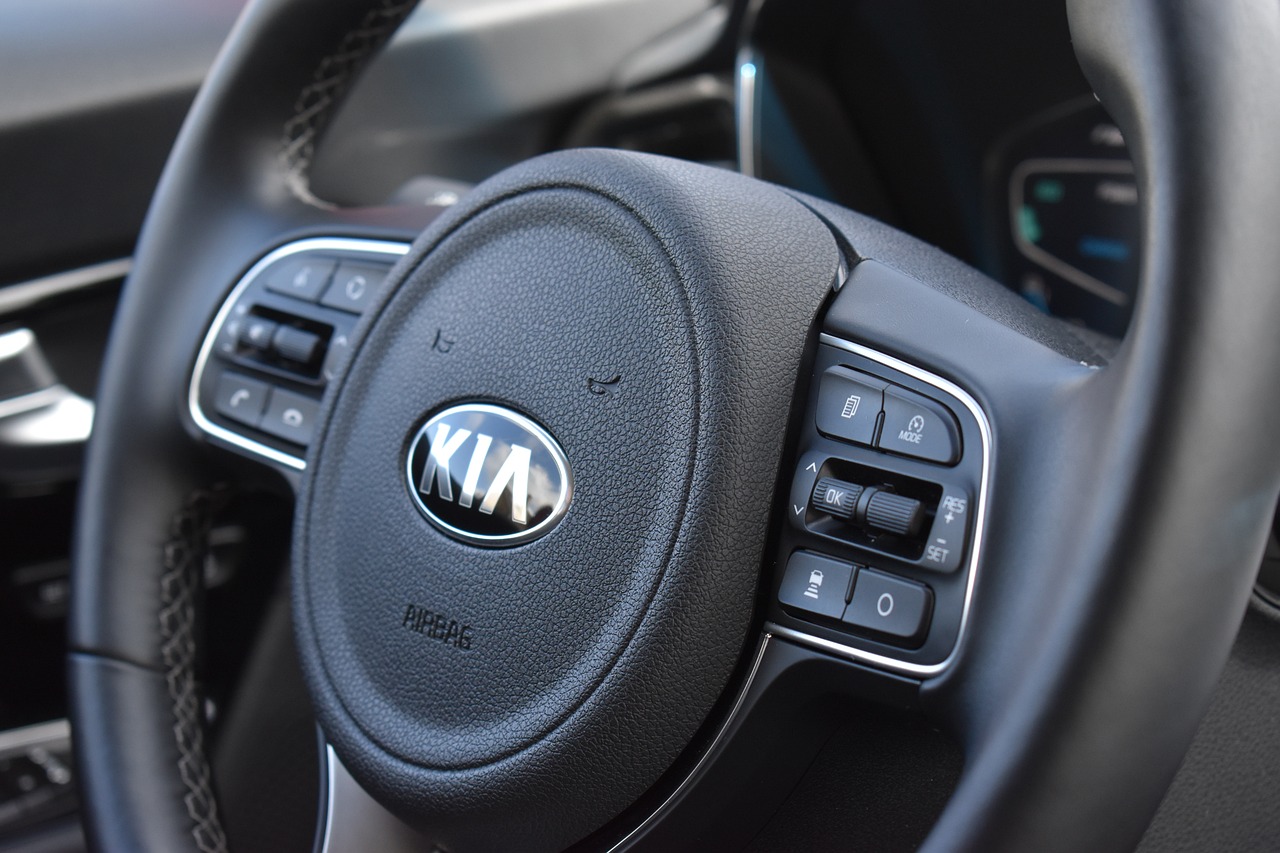
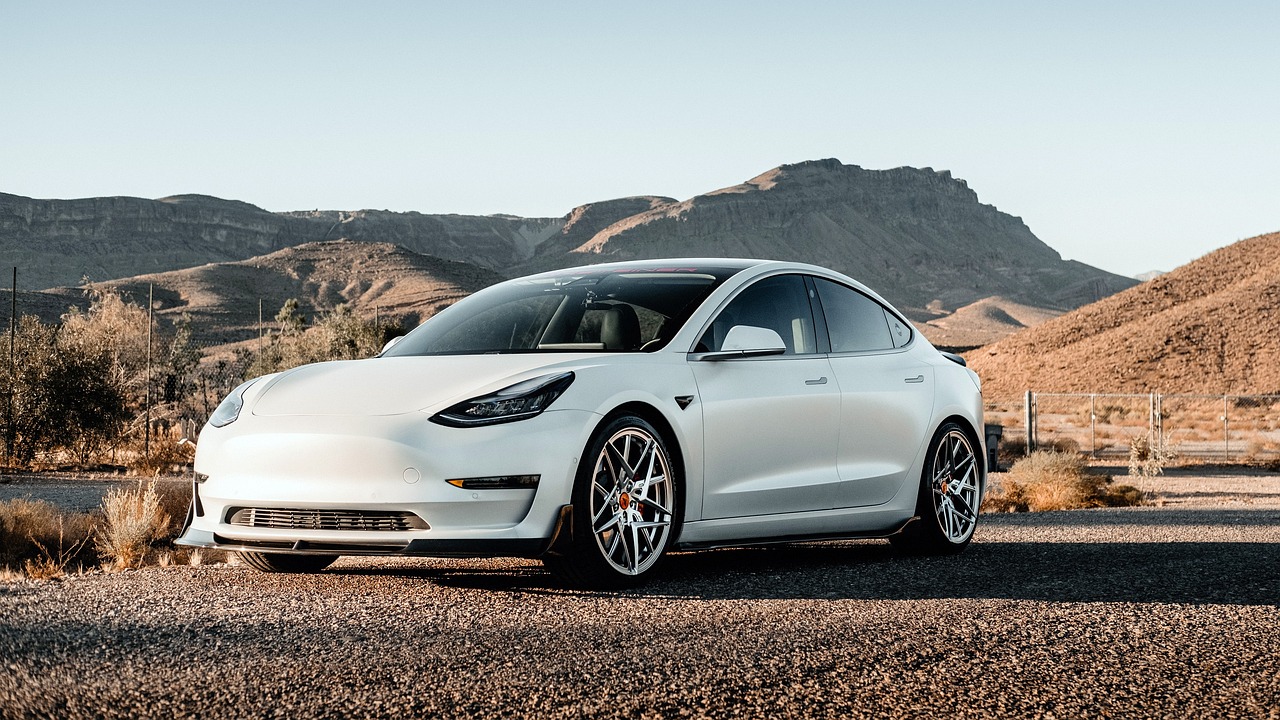

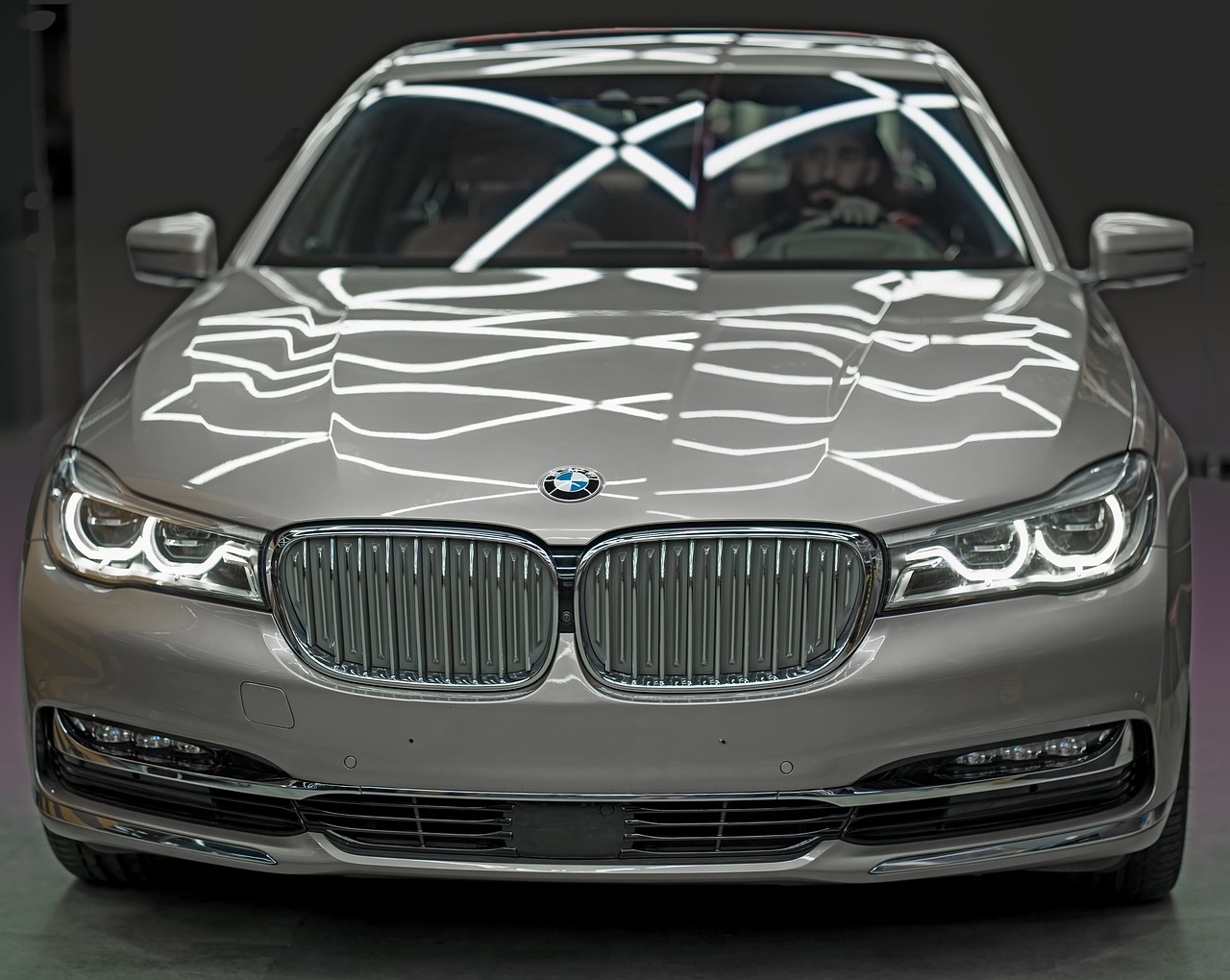
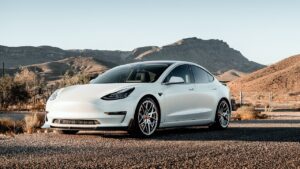

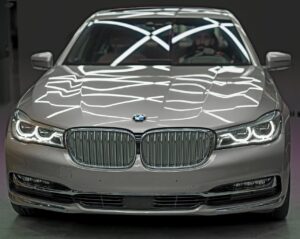
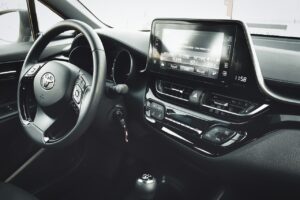





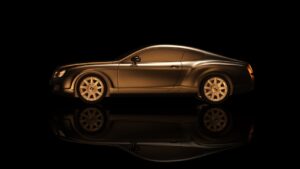
Post Comment